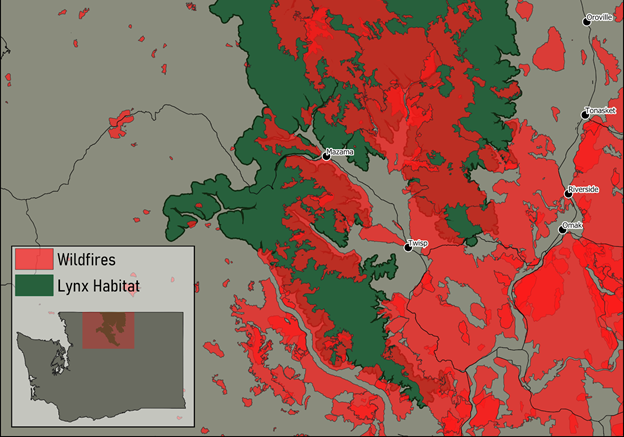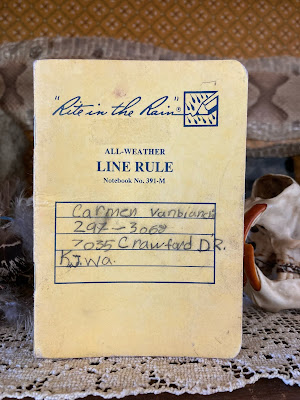Home Range Launch Party: A Wild Success!
On October 7th, more than 100 people joined us at the Old Schoolhouse Brewery (OSB) Taproom in Twisp, WA to celebrate the launch of Home Range Wildlife Research. We were overwhelmed by the incredible support we received from our community as we shared our origin story and introduced our first projects. OSB donated $1 of every beer purchased to Home Range, Sunflower Catering kept everyone fed with delicious appetizers, and the many local businesses (see below!) that donated to our silent auction all helped to make this event an incredible success. Together, we raised more than $6000, funds that will help up launch our first training course this winter ( registration now open!!! ) and conduct pilot work for our lynx-wildfire study. Thank you so much to all those that came out to celebrate with us and donated to kickstart our projects! If you were unable to attend the event, we are still seeking donations to buy wildlife cameras, provide training course scholarships, and much m...

